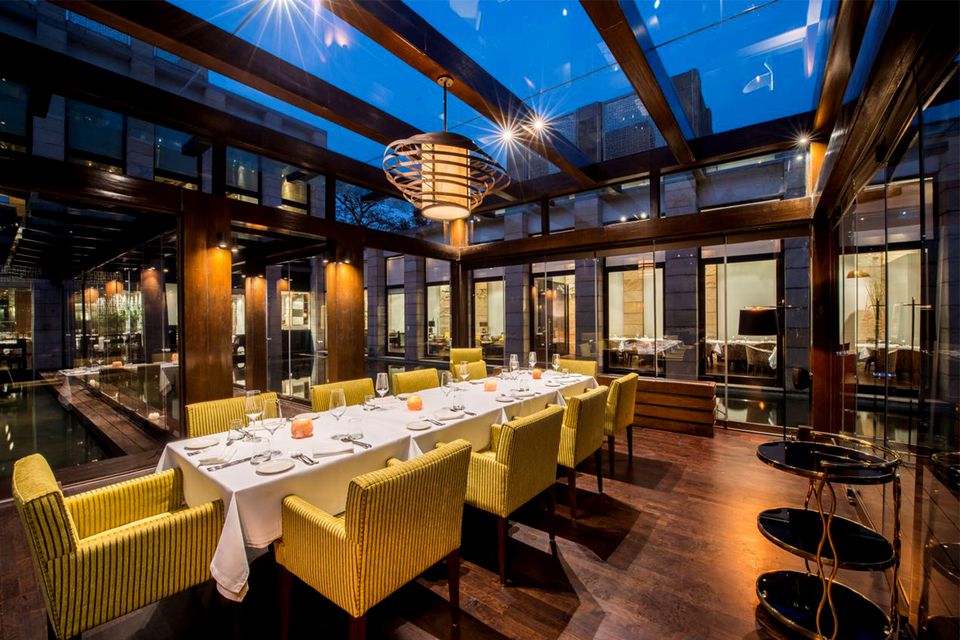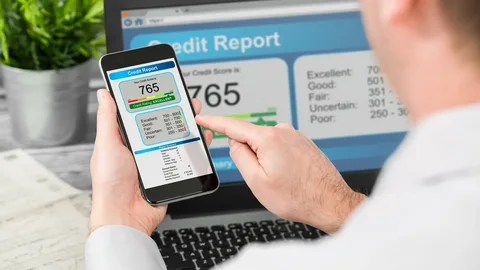“Measure what can be measured and make measurable what cannot be measured.”
-Galileo
In life and in business, getting your hands on as much available information as possible will allow you to make better choices. But how exactly can you do that in your restaurant?
Traditionally, restaurants have been viewed as a part of a low-tech industry. However, with the availability of new technologies and the recognition of the value of data in the decision-making process in businesses, many restaurant owners are now embracing the value of data.
Access to accurate data gives restaurants a few advantages. For starters, it allows them to enhance their offerings and services, enabling them to provide a better experience for diners. In turn, this allows them to get a leg up over the competition.
But how exactly can you use data for your restaurant?
Table of Contents
Fine-tune the menu
How do you know which items sell and which ones should be stricken off the menu? Although there are a few ways to determine the answer to this question, the quickest approach is to look at your restaurant POS system data.
Most likely, you will notice buying patterns from your customers — specifically, which items are your bestsellers. Once you know which products sell best and which ones don’t, you can enforce a few measures.
First, you can make sure that your pantry is fully stocked with ingredients for your most profitable items. Next, for products that do not sell, you can replace these with better items.
Step up your marketing game
Your restaurant already collects customer data from multiple sources, whether intentionally or unintentionally. If you want to leverage the restaurant system data you collect, the first thing that you need to do is to approach things systematically.
That means gathering data from multiple sources into a single database. This, in turn, affords you a few key benefits. One of the first things that you will notice are emerging patterns, in terms of customer behavior, busy and slow days, and spending patterns.
Once you see these patterns emerge, you can then tweak your marketing strategy. For instance, if certain days of the week are slow, you can create promotions to entice more customers to come in on those particular days. On the other hand, if you want to boost customer orders and visits, you can offer discount coupons.
Enhance customer service
Access to accurate data can also allow you to capture and retain more new customers. Through the combination of multiple platforms like your POS and reservations systems, mobile apps, and loyalty programs, you can personalize your restaurant’s services and offers into something more meaningful for your customers.
Specifically, there are a few tactics that you can enforce. A loyalty program, for example, will enable you to cultivate guest loyalty. Rewards, on the other hand, entice diners to visit your restaurant by luring them with a unique, limited offer.
You can also use data to encourage diners to become repeat customers. Once you create a solid base of regular customers, you can focus your attention on keeping these diners satisfied every time they visit your establishment. You can even surprise them with rewards.
Build an efficient kitchen
Cook times have a direct impact on customer satisfaction. And in order to better manage your kitchen and make it more efficient, you need to have a baseline data of how fast it takes to cook and serve each dish.
The best approach to establishing a baseline for cooking times is to use an automated display system for the kitchen. Once you have created a benchmark, you can now look at emerging trends against the average.
If your kitchen has slowed down in churning out dishes, you can focus your attention on bottlenecks. Furthermore, you can find ways to shave off more time from prepping and cooking.
Your establishment is a veritable minefield of information if you know what and how to look for it. Of course, finding accurate information is just part of a larger equation. On the other hand, you need to know the best way to use what you have gathered.
AUTHOR BIO
Ahmad Alzaini is the co-founder and CEO of Foodics, a fast-growing foodtech startup. A businessman by nature, Alzaini is an app aficionado, developing businesses in Saudi Arabia within several industries. Today, Foodics has extended to new markets across the MENA region, processing over 1 billion transactions, and offering the latest technology in POS and restaurant management.











